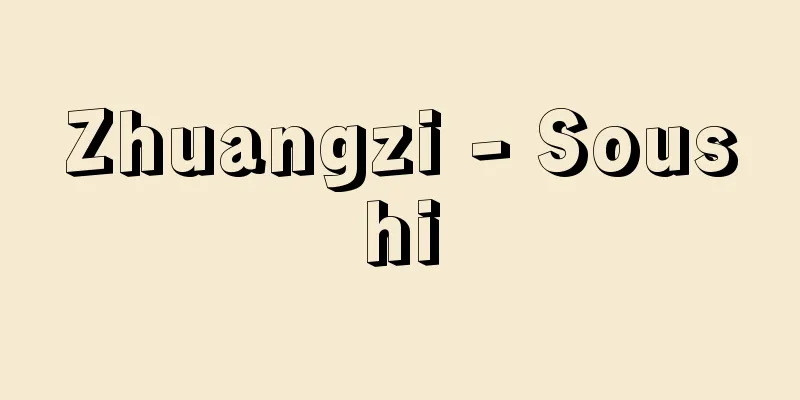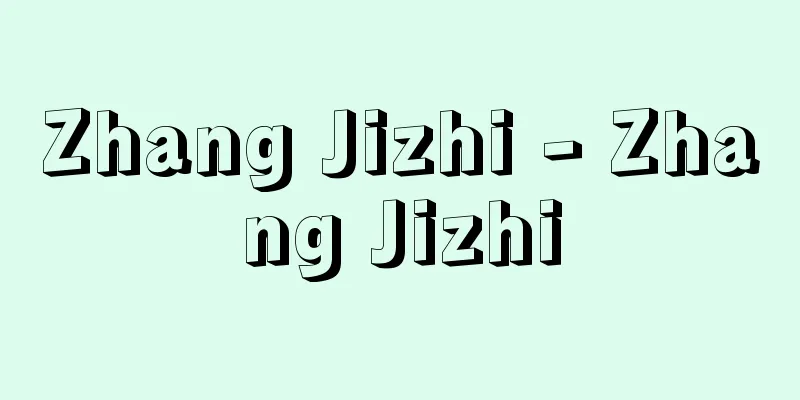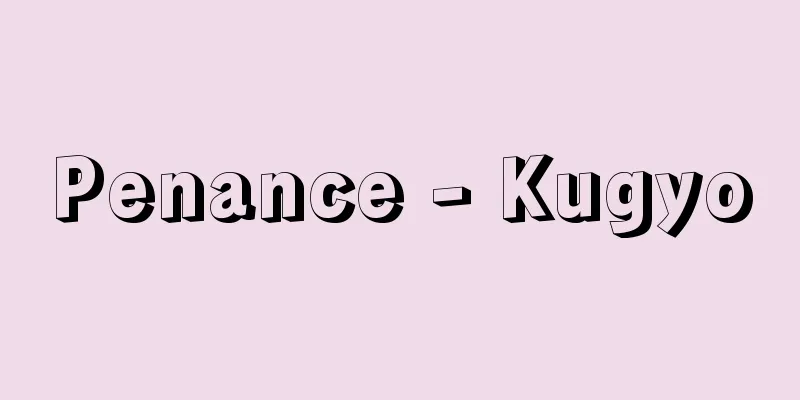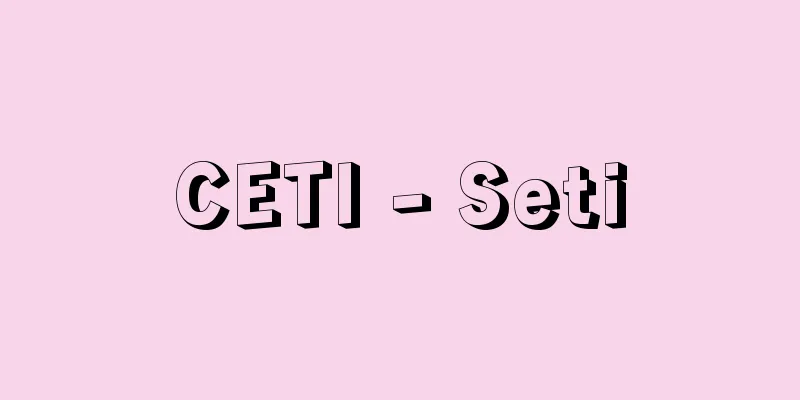Earthquake Disaster Bill - Shinsai Tegata

|
These bills were subject to the Bank of Japan Bill Discount Loss Compensation Order, which was issued on September 27, 1923 (Taisho 12) to help businesses that suffered losses from the Great Kanto Earthquake of September 1. Among the bills that banks had discounted before the earthquake, bills that met certain conditions, such as those addressed to the earthquake-stricken areas or those issued from the earthquake-stricken areas, were given a two-year grace period, during which the Bank of Japan would re-discount them, and the government would compensate the Bank of Japan for its final losses up to 100 million yen. The earthquake bills included bad loans from before the earthquake, and even after the deadline of September 1925, there were still unsettled bills. For this reason, the government extended the re-discount deadline twice, but as of 1926, there were still over 200 million yen of earthquake bills, of which about 100 million yen was held by the Bank of Taiwan and 27 million yen by the Bank of Korea. In addition, the high interest rates meant that the Bank of Japan was not able to use the bills for discounting, which caused financial difficulties, and as the deadline was approaching, they were seen as a cancer in the financial world. The government considered sorting out the bills, and submitted two bills to the 52nd Diet in 1927 (Showa 2): the Earthquake Bill Loss Compensation Public Bond Law and the Earthquake Bill Good Post-Processing Law. During the deliberation of these bills, the management details of banks holding the earthquake bills were revealed, leading to bank runs and a financial panic. These two bills were passed in the midst of the panic, and instead of granting a moratorium on the collection of the earthquake bills, they issued public bonds to banks holding the earthquake bills, provided financing secured by the public bonds, and ultimately the government compensated for the losses of the Bank of Japan, resulting in the sorting out of the earthquake bills. [Tokuko Omori] "Showa Depression" by Nakamura Masanori (Showa History 2, 1982, Shogakukan)" ▽ "Showa Financial History 10, Finance, Vol. 1, edited by the Ministry of Finance Showa Financial History Editorial Office (1955, Toyo Keizai Shinposha)" [References] | |Source: Shogakukan Encyclopedia Nipponica About Encyclopedia Nipponica Information | Legend |
|
1923年(大正12)9月1日の関東大震災によって損失を被った企業救済のために、9月27日に公布された日本銀行手形割引損失補償令の適用を受けた手形。震災前に銀行が割り引いた手形のうち、震災地向けのもの、震災地から振り出したものなど一定の条件をもつ手形に、2年間取立てを猶予し、その間日銀が再割引に応じ、日銀の最終損失に1億円以内で政府が補償するという恩典を与えたものである。震災手形中には、震災前からの不良債権が入っており、25年9月の期限がきても未決済の手形が残った。そのため政府は再割引期限を二度延長したが、26年の時点でも震災手形はまだ2億円余残っており、うち約1億円弱を台湾銀行が、2700万円を朝鮮銀行が所持しているうえ、金利が高く日銀の割引に利用されず金融逼迫(ひっぱく)の原因となり、しかも期限が迫っているので財界の癌(がん)とみられていた。政府はその整理を検討し、震災手形損失補償公債法、震災手形善後処理法の2法案を27年(昭和2)の第52議会に提出した。この法案審議の過程で震手所持銀行の経営内容が暴露され銀行の取付け騒ぎが起こり、金融恐慌に発展した。この2法案は恐慌の最中に成立し、震災手形の取立て猶予のかわりに、震手所持銀行に公債を交付し、公債担保の金融をつけ、また最終的に日銀の損失を政府が補償するという方式で、震災手形の整理に決着をつけた。 [大森とく子] 『中村政則著『昭和の恐慌』(『昭和の歴史2』1982・小学館)』▽『大蔵省昭和財政史編集室編『昭和財政史10 金融 上』(1955・東洋経済新報社)』 [参照項目] | |出典 小学館 日本大百科全書(ニッポニカ)日本大百科全書(ニッポニカ)について 情報 | 凡例 |
>>: Shin Jaehyo (English spelling)
Recommend
Ogawa Ryu
〘Noun〙① One of the thirteen schools of Hieizan Dai...
Mogannia hebes (English spelling)
…[Masami Hayashi]. . … *Some of the terminology t...
Extension of term - Ennin
〘 noun 〙 To allow local officials such as kokushi ...
Bostorycapulus gravispinosus
A gastropod of the family Caribagadae, known for i...
Oga Decken - Oga Decken
...The main industry is agriculture, mainly field...
holding
...A type of ball game. Two teams of six (or nine...
Orthopyroxene
A general term for pyroxenes that belong to the o...
Tournesol
...Sown in spring for use in flower beds, it bloo...
Audiencia Presidential - Audiencia Presidential
…It was the longest-lasting and most stable of th...
Reportage - Ruporutaju (English spelling) reportage
Reportage is a French word that means reporting o...
Itabogaki (English spelling) Densely lamellated oyster
A bivalve mollusk of the family Ostrichidae in th...
Hiltunen, E.
…Walter Runeberg (1838-1920) is a representative ...
Aesculus chinensis (English spelling) Aesculuschinensis
…[Yoshiharu Iijima]. … *Some of the terminology t...
Mining - exploitation
In the narrow sense, it means the extraction of m...
Wang Ting-yun (English name)
[Born] 1155 [Died] Taiwa 2 (1202) A Chinese litera...






![Andre [company] - Andre](/upload/images/67cf4fcecec45.webp)


